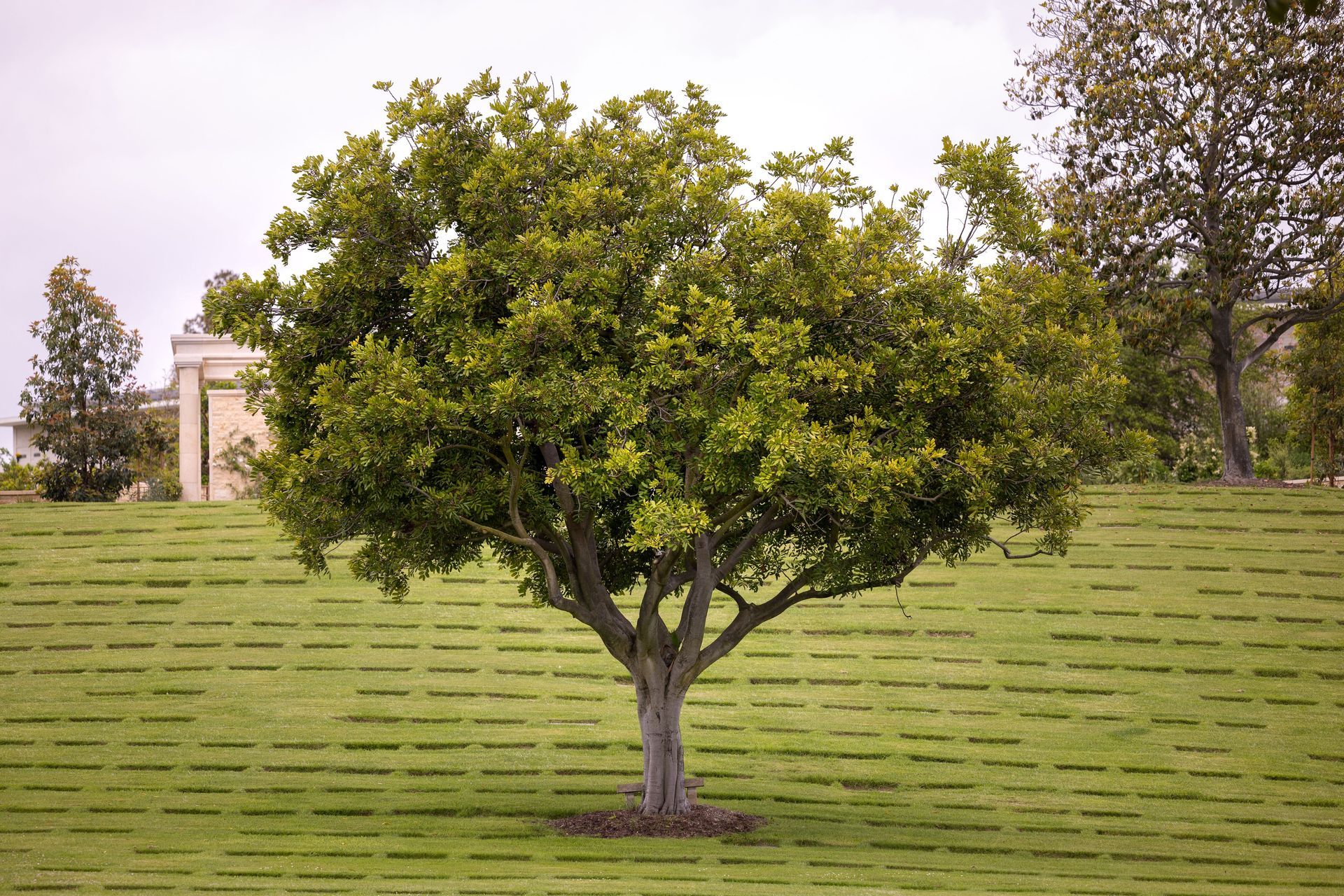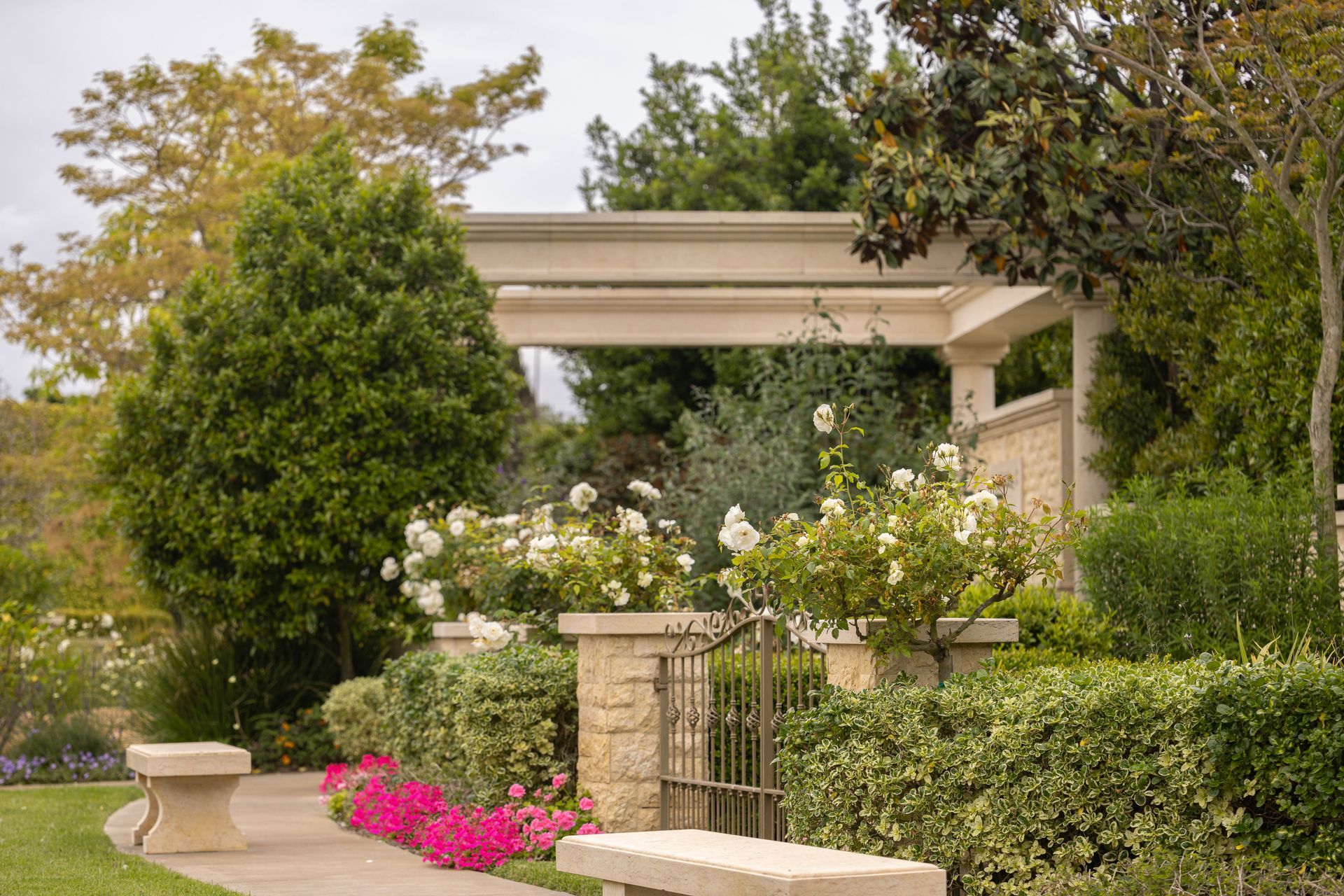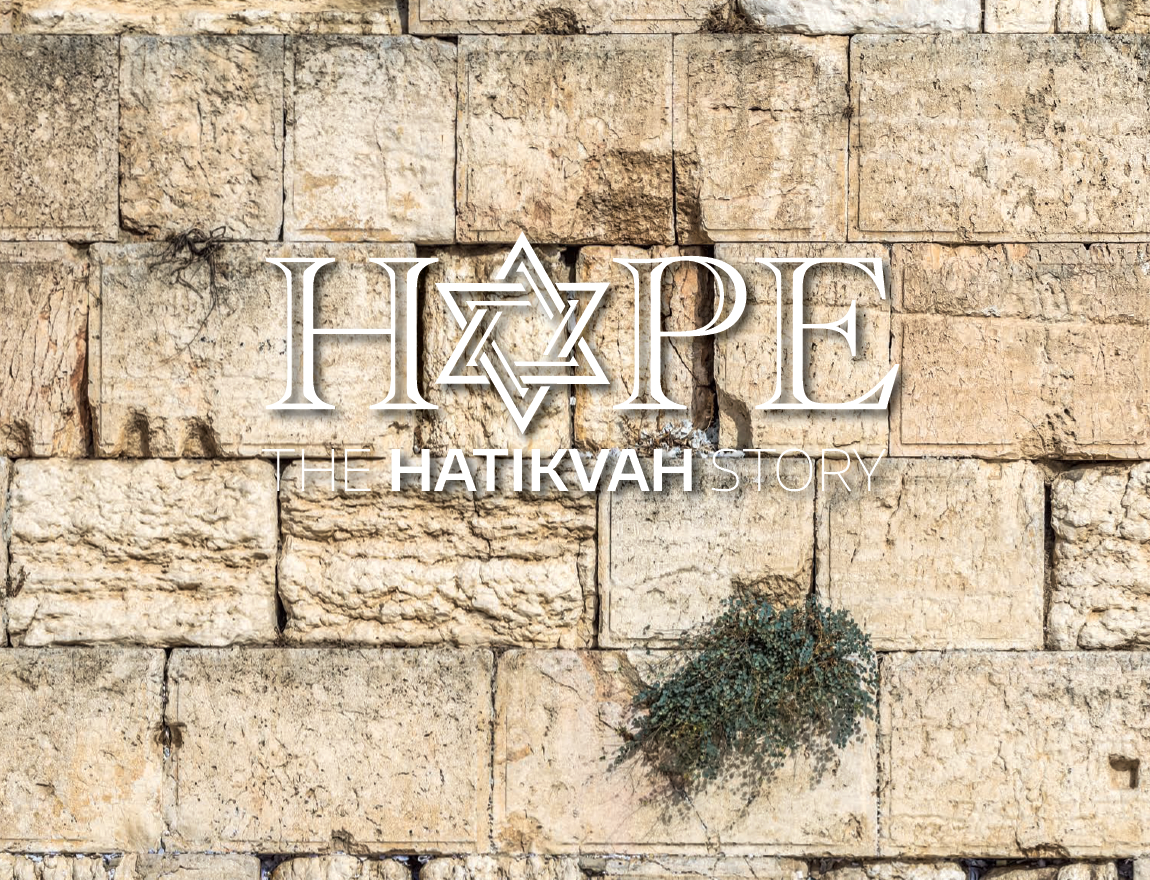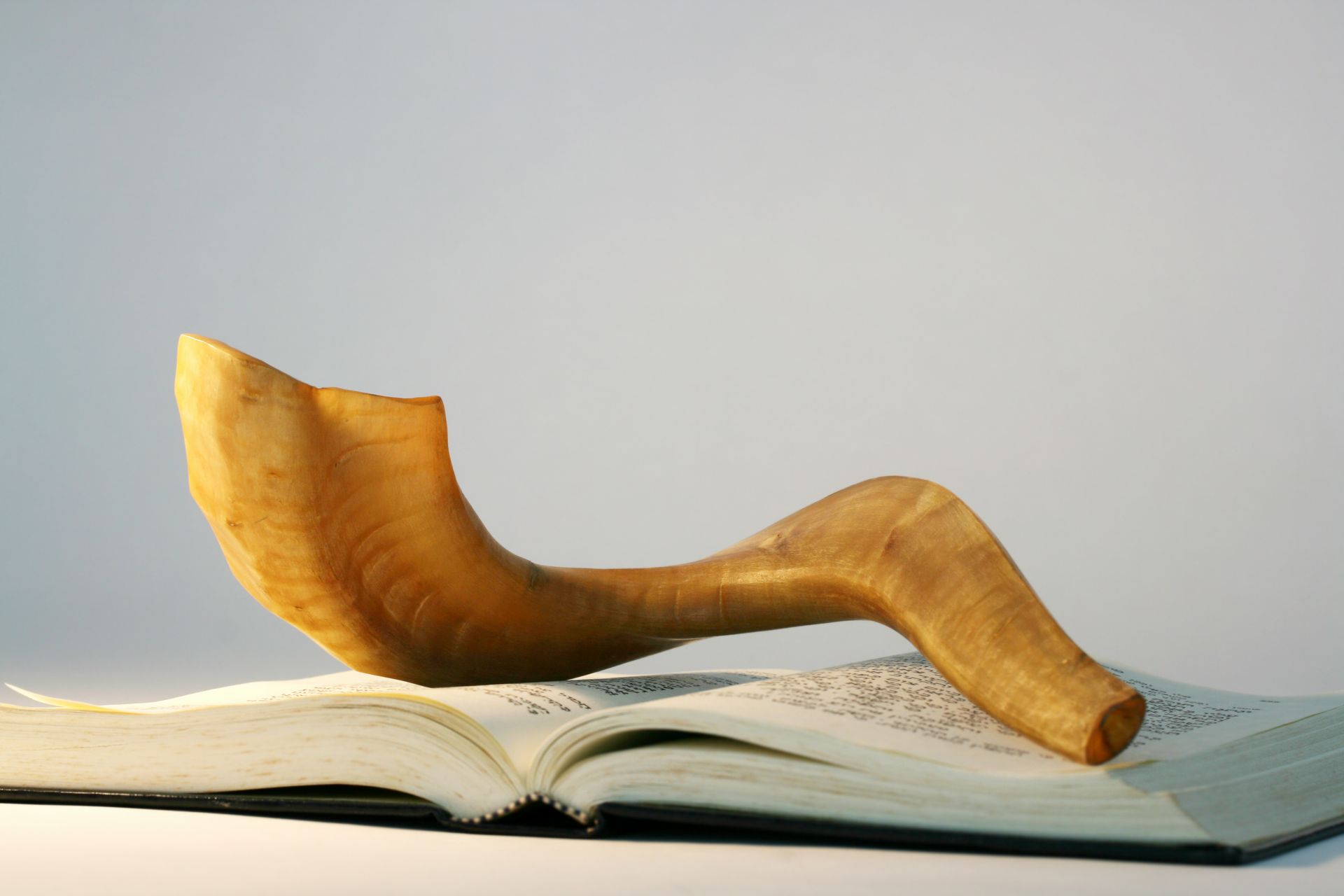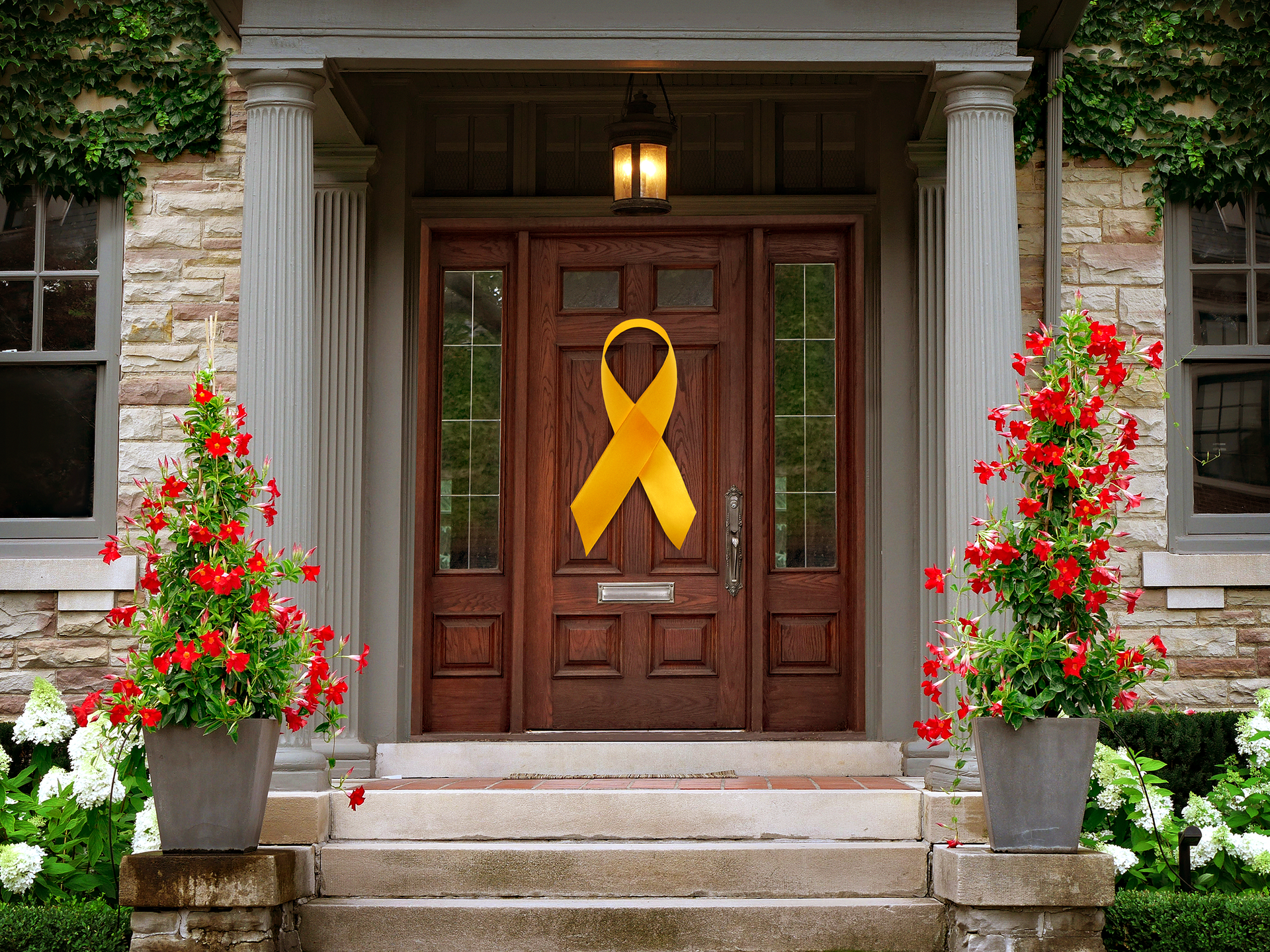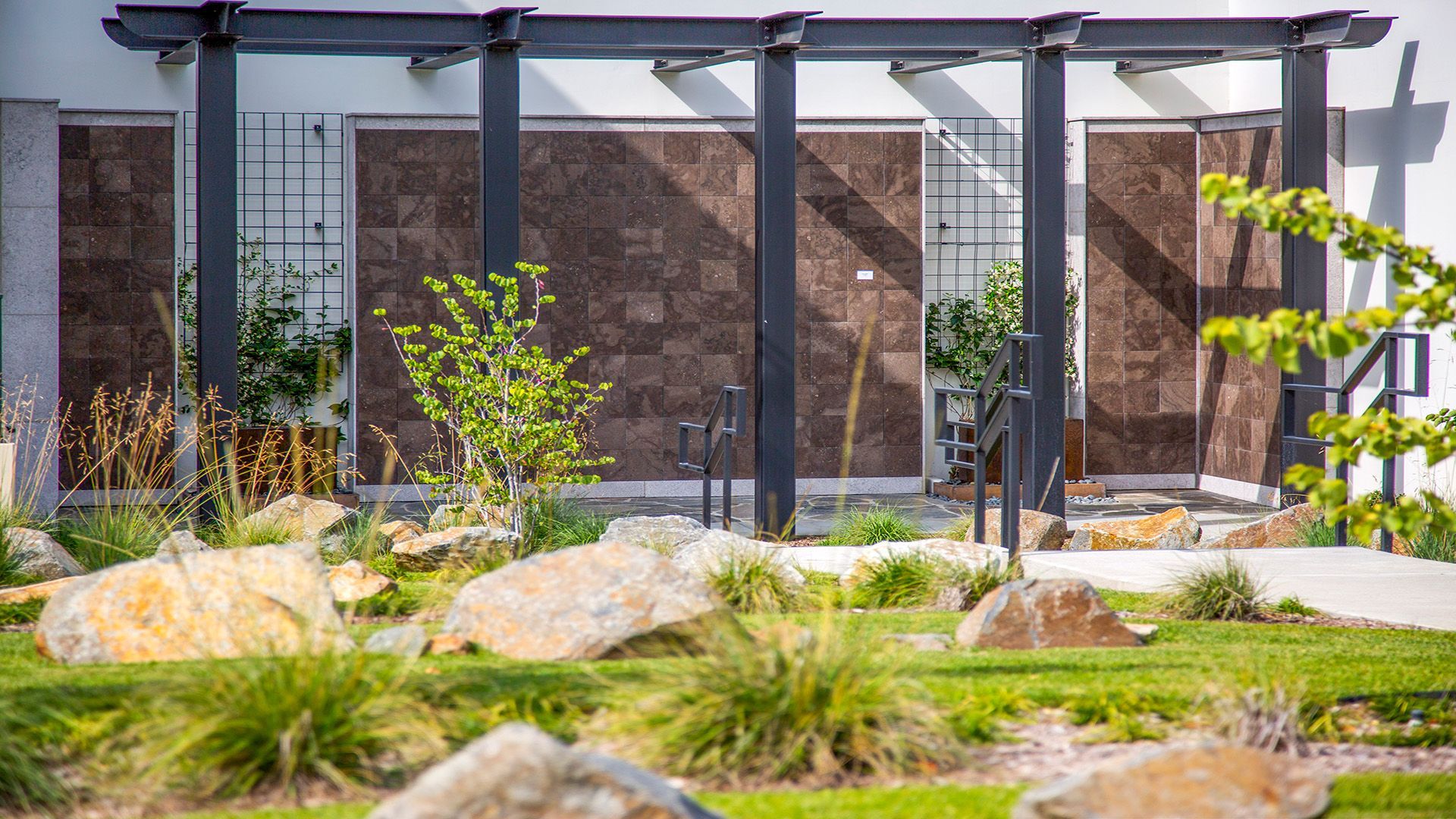What is Tradition?
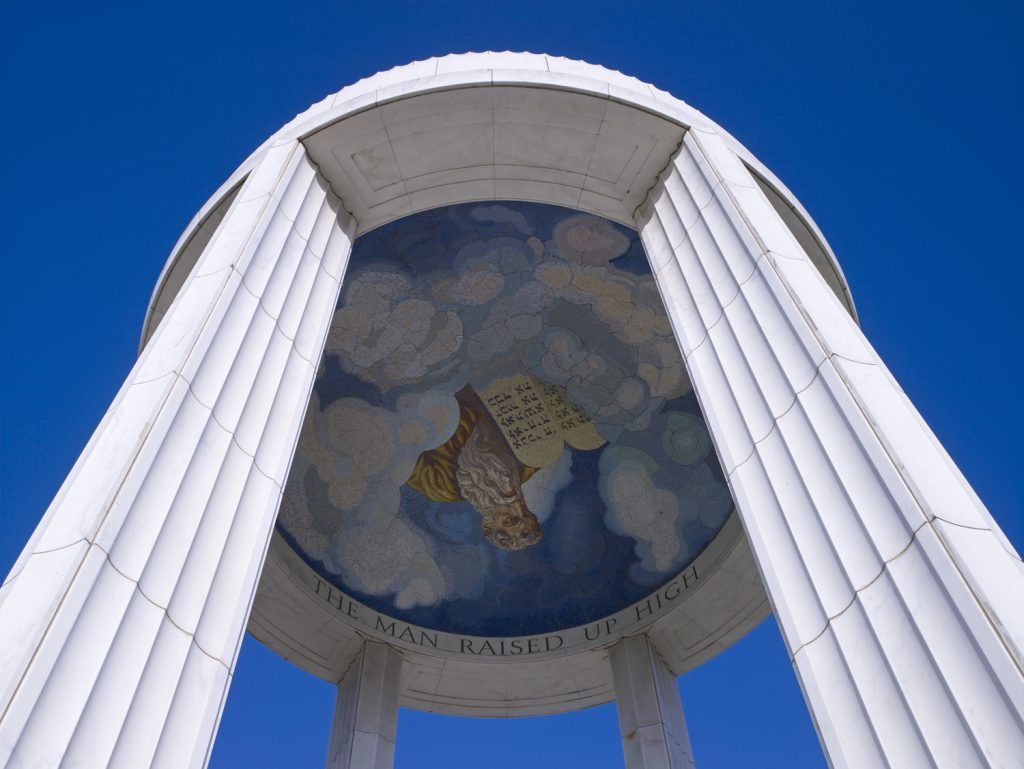
Carrying on Jewish traditions for new generations is the core behind everything we do at Hillside Memorial Park and Mortuary. But what is tradition? Why does it matter? Why do people still practice it today? Although it seems like an artifact of the past, tradition is actually a verb. It, changes, lives on, and binds new generations together. In fact, it’s because tradition changes that it is able to remain meaningful to Southern California’s Jewish and interfaith communities..
Mourning and Burial Traditions
That’s no different for grieving and burial. In Jewish tradition, death is both inevitable and necessary. Hundreds of years of tradition is meant to help mourners navigate grief and honor the memories of their loved ones. For example, historically, the deceased are buried in a Tachrichim, a white cotton or linen burial garment. Today, many people are buried in their own clothes.
Other traditions, while rooted in old practices, are new, such as loved ones being buried with a small jar of Earth from Israel. While the Torah states that being buried in Israel provides additional atonement for sins, for hundreds of years, members of the diaspora could not be buried there. The jar of Earth allows mourners to carry out this important ritual, to honor the deceased, and provide peace of mind.
While these shared traditions are at the center of what we provide, we also personalize each service and memorial to reflect the values of each unique family. Our caring, expert staff will help guide and support you as you make decisions for a final arrangement. In addition to our experience providing traditional observances, we also offer a wide array of custom memorials, and assist in the creation of customized memorials cards with our “Hillside Memorial Tributes” service.
Traditions for New Generations
Southern California’s Jewish community is diverse because for hundreds of years, members of the Jewish faith have nurtured and changed traditions all over the world. From Orthodox denominations, to reform movements and secular identities, every form of modern Judaism is actually part of a very long process of evolution. The rediscovery and reshaping of Jewish traditions serves as a bridge, connecting us to our ancestors across time and to each other across oceans, ensuring we remain rooted in our heritage while adapting to contemporary life. As traditions transform, they continue to provide comfort, meaning, and a sense of belonging to new generations, even as we define what it means to be Jewish today.
This important work is at the heart of our motto: Traditions for a New Generation. By honoring the past and embracing change, the Jewish and interfaith communities of Southern California can keep their rich cultural legacies alive. At Hillside Memorial Park and Mortuary, we are dedicated to supporting this enduring connection, helping to weave the timeless threads of tradition into the fabric of modern life.
